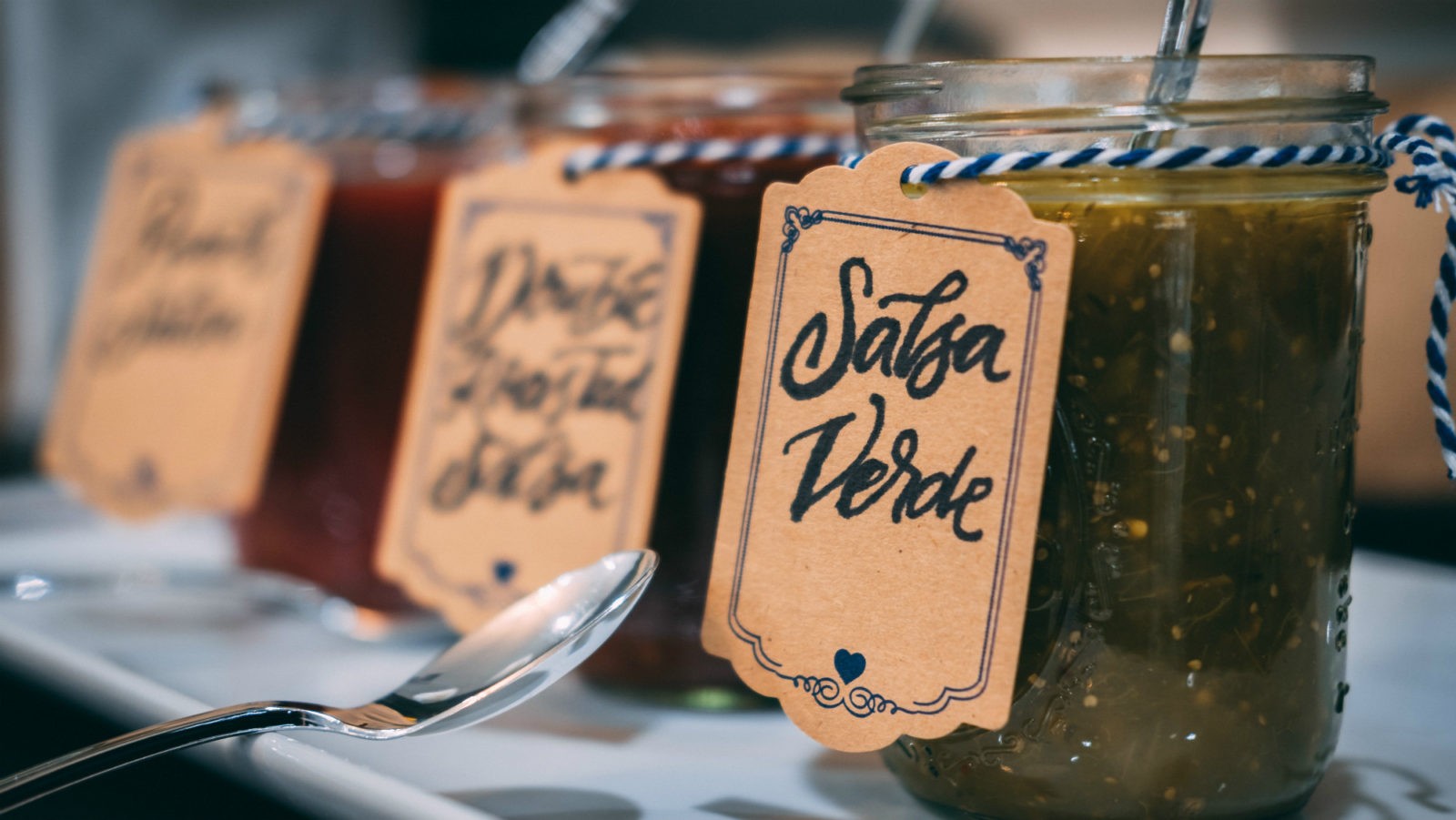The Challenge
With their fresh ingredients, a dedication to not cooking them down in high temperatures, this brand’s forming tomatillo salsa recipe made for a flavor-packed packaged food – but their recipe was hitting a snag. Their tomatillo salsa was gelling up from the natural pectin in the ingredients.
A Job for Pectinex?
Taking on that pectin directly seems like the obvious choice – and Pectinex is a powerhouse for the task.
The enzymes in Pectinex can combat the ‘salsa jam’ when added to the existing recipe. This would break the naturally occurring pectin down – but the enzymes can go too far if the preparation doesn’t pump it’s breaks.
Pectinex deactivates at a high heat – a heat high enough to start robbing the salsa of its volatile flavor compounds. Pectinex is a fantastic ingredient, but you’ll want to ensure you control the stopping point before shipping for many uses.
Without the application of heat, the fresh packed salsa with Pectinex could be more of a sauce than the traditional chunky. With the application of enough heat, the flavor would dull.
Two Small Steps for Salsa Kind
Two smaller steps, combined, may save the recipe without much rework.
The problematic pectic is using the recipe’s natural and added sugars to bind with the plentiful acids. The sugar serves a purpose, and the low pH, but taking a small bite out of each of these can help reduce the gel without high heat or huge flavor changes.
Reducing the acidity by raising the pH to a range under 4.6 but above 3 will keep the recipe safe for typical canning, while reducing the added sugar will take away even more of the pectin’s required building blocks.
As always, some more experimentation in your kitchen is required to find the best solution for your preparation. Try starting with Sodium Citrate if you have a very low pH, or Potassium Sorbate to bump up a little while improving shelf life.
Thanks for your question!
Chef Scott Guerin
Have a Question? Ask a Chef!
Modernist Pantry is here to help professional and home chefs transform food. We’re honored so many of you reach out to our test kitchen for problem solving and inspiration. Have a question? Ask a chef!



5 Comments.
I have the Agar powder what is the ratio for liquid to Agar to gel firmly an acid liquid?
The liquid needs to be above 2.5pH for agar to work. Each recipe is unique, but try starting your testing around 1.2% of the total weight of the recipe for a firm gel.
i want to make a carrot creamy on the inside but crispy on the outside, how do I use the pectinex? can I just peel it and then vacuum it with the pectinex? can I fry them later to cook the carrot or I can’t apply heat?
This is tough because carrots do not react the same way that potatoes do, and this very much sounds like a french fry method. the carrot retains too much water so that the exterior will not stay crispy like a potato will. Though this could be a fun test if you soak the raw sliced carrots in Pectinex for 30 minutes before blanching in salted water until soft. Yes, the heat will deactivate the Pectinex, but its job has been finished at this point. You can then fry them at a low temp 250F for 10 minutes then freeze them solid. The final frying process will be the most difficult because a traditional french fry temperature will be too hot and caramelize the sugars in the carrot. I would try frying the frozen carrots at 325F. This is just an idea to try, we can’t guarantee that this will work without a lot of testing. Good luck!
[…] References and Other Links you Might Like! WTF – Pectin Part 1 WTF – HM Pectin WTF – Sugar Substitutes WTF – Culinary Acids WTF – Vanilla Bean WTF – Instaferm WTF – Calcium Salts WTF – Sodium Caseinate Ask A Chef – Pectin Candies Ask A Chef – Perfectin’ Pectin Ask A Chef – Picking The Right Pectin Ask A Chef – The Salsa Jam – Problematic Pectin […]